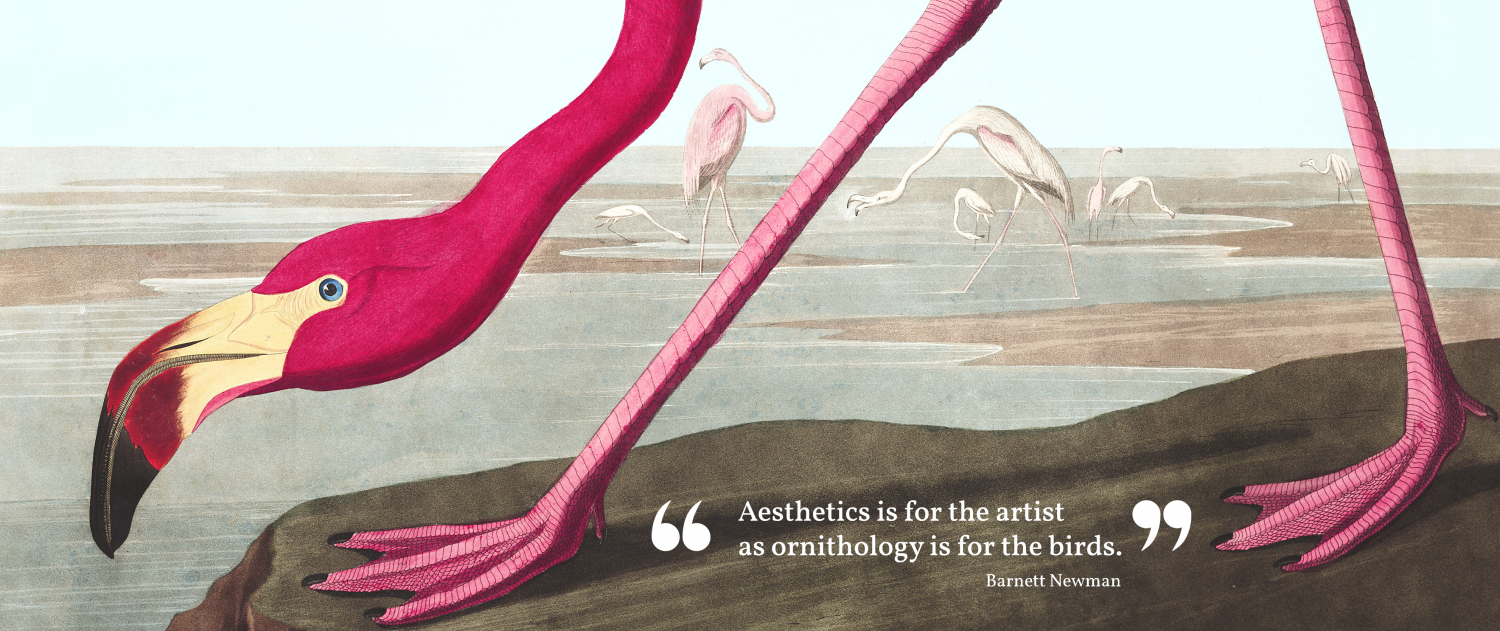Removing statues is powerfully symbolic; how we treat them in their death is too. Continue reading

June 18, 2020
by Aesthetics for Birds
4 Comments


June 18, 2020
by Aesthetics for Birds
4 Comments
Removing statues is powerfully symbolic; how we treat them in their death is too. Continue reading

June 1, 2020
by Alex King
2 Comments
I’ll be honest, Fried’s essay is a fucking slog. But I’ll do my best. Continue reading
July 19, 2018
by Aesthetics for Birds
2 Comments
This is entry #69 in our 100 Philosophers, 100 Artworks, 100 Words Series.
August 16, 2017
by C. Thi Nguyen
0 comments
This is entry #68 in our 100 Philosophers, 100 Artworks, 100 Words Series.
April 18, 2017
by utahphilosoraptor
2 Comments
What follows is a guest post by Mary Beth Willard (Weber State University) When I last wrote about Fearless Girl, I observed that the meaning of the little Bull-challenging statue will lie in its interaction with the public, who for the moment has claimed it as an icon of feminism, capturing the vivacity of little girls at that tender age where they still dare to dream. Fearless Girl reportedly now has a permit through 2018, and this has angered none other than the creator of Charging Bull, Arturo di Modica, who has asked for Fearless Girl to be relocated, because it’s making his Bull into a villain.
March 14, 2017
by utahphilosoraptor
0 comments
Mary-Beth Willard on the recent “Fearless Girl” Statue, the original “Charging Bull”, and street art – with a few facts you may not have known! Continue reading
March 13, 2017
by Aesthetics for Birds
0 comments
Another entry in philosophy-meets-the-artworld: Famous art critic Jerry Saltz weighs in on Vulture about Robert Longo’s All You Zombies: Truth Before God, which was recently installed at the Whitney. Saltz writes of ‘badness’ as a “metaphysical constant”: Can older bad art be made good by changing political times? The short answer, I think, is “No.” Really bad art may be a metaphysical constant, and in the case of rediscovered, long overlooked masterpieces I tend to believe the work was always good and we just weren’t capable of seeing it yet. But says that, really, it might not be that important: But when thinking about how times change works of art, we probably need to get away from using words like good and bad. Let’s focus instead on values that make art useful: surprise, energy, redefinitions of skill, a willingness to fail flamboyantly, originality in pursuit of different ideas of beauty, ugliness, … Continue reading
February 17, 2017
by Rebecca Millsop
1 Comment
This is entry in #64 in our ongoing 100 Philosophers, 100 Artworks, 100 Words Series.

October 7, 2016
by Rebecca Millsop
0 comments
This is entry #54 in our 100 Philosophers, 100 Artworks, 100 Words Series.

October 6, 2016
by Rebecca Millsop
0 comments
New York City’s Museum of Modern Art is certainly one of the most important and influential art institutions in the USA and the world. MoMA curators throughout the decades have made decisions that have greatly affected the way the artworld and public understand the nature of art. You can now view all materials from all of MoMA’s exhibitions, beginning with their opening in 1929. Check it out for yourself: MoMA’s Entire Exhibition History After, or perhaps before, check out a recent article in The Atlantic by Robinson Meyer, “The Museum of Modern Art’s Miraculous New Online Archive”, discussing the aesthetic and functional changes in exhibition documentation throughout the years.